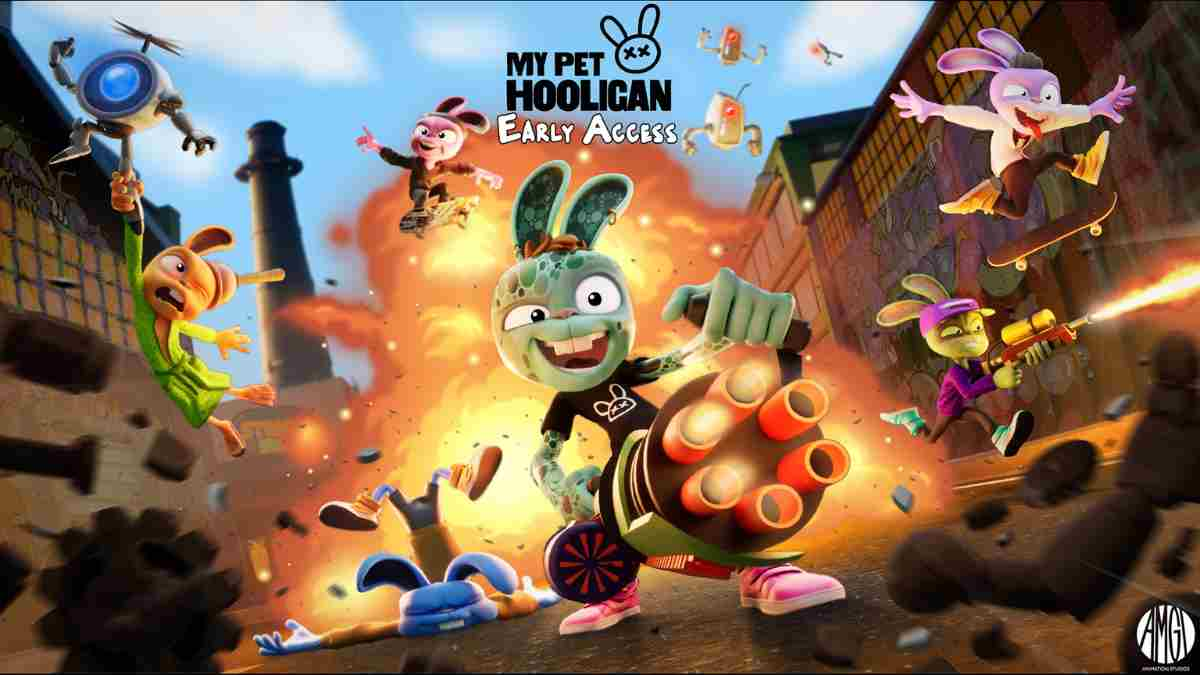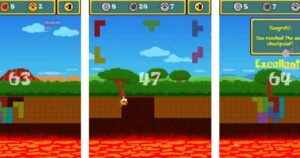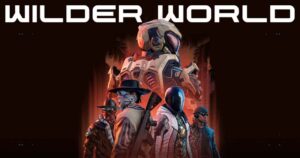My Pet Hooligan has been building a name in the Web3 space with its offbeat, rabbit-fueled mayhem and stylized, arena-based combat. Now it’s hosting a tournament meant to put its players’ brawler instincts to the test, while giving the developers a chance to showcase more of the game’s competitive layer.
This isn’t some polished esports rollout. It’s more of a structured community event, aiming to energize its core audience and attract curious onlookers. But the format, rewards, and direction of the event still tell us a lot about how My Pet Hooligan is trying to position itself in a crowded field of PvP-centric Web3 titles.
What the Tournament Actually Is
The tournament runs from May 10 to May 24 and follows a leaderboard-style competition format. Players rack up points based on in-game performance, with top scorers earning rewards at the end. The focus is on ranked matches inside the game’s main mode, which features fast-paced PvP combat in small, closed maps.
This is less about isolated matches and more about consistent performance over time. Players compete individually, and placement depends on how much you play and how well you do across sessions. It’s a grind, but one that rewards skill and endurance.
Rewards and What’s at Stake
The prize pool includes both cash-equivalent rewards (paid in $AMPH, the game’s token) and cosmetics. There’s also a heavy emphasis on prestige — finishing high on the board gets you recognized in-game, and possibly sets you up for future invite-only events or team-based competitions. Compared to traditional tournaments, this isn’t high-stakes esports, but it’s not meaningless either.
The real purpose seems to be testing long-term engagement systems and competitive balance — and maybe stress-testing the game’s economy under sustained player activity. My Pet Hooligan leans into cartoon violence, somewhere between Overwatch-style hero brawler and Fortnite chaos. Matches are tight, movement is fast, and weapon loadouts feel tuned more for disruption than precision. It’s not about twitch aim — it’s about managing space and chaos while landing just enough hits to stay on top.
That design works well in a tournament like this. The low time-to-match and the punchy, round-based pacing makes it easy to chain games. Even if you lose, you’re back in quickly. That constant reset loop keeps the leaderboard dynamic and favors players who adapt, not just those with top-tier mechanics.
The Role of Web3 and Token Integration
The $AMPH token is baked into the tournament reward pool, but it’s not a core gameplay mechanic. You don’t need tokens to compete, and the game doesn’t tie performance to blockchain-specific mechanics mid-match. This puts it more in line with titles using crypto for peripheral systems, not core interaction.
It’s a pragmatic move. Keeping the core gameplay off-chain means the devs can tune balance and matchmaking without blockchain latency or gas issues. At the same time, it gives them a way to distribute rewards transparently and tie event progression into the game’s wider ecosystem.
Community-Led, But Developer-Guided
This tournament is technically hosted by the developers, but there’s been heavy involvement from the Discord and broader player base. Feedback loops from previous events influenced the format, and leaderboards are tracked publicly, not just inside the game.
It fits a pattern in emerging Web3 games: decentralized branding, centralized execution. Players get a say, but the devs still run the core systems. It’s not fully grassroots, but it’s not top-down either.
What This Signals About the Game’s Trajectory
My Pet Hooligan still feels like it’s in its experimental phase. The mechanics are stable, and the visual identity is distinct, but the competitive scene is clearly being built in real time. Events like this tournament are less about crowning a champion and more about building a rhythm for regular, recurring play.
The format also suggests the team is looking at scalability — not just in terms of player numbers, but in terms of content cadence. If this goes well, expect more leaderboard cycles, maybe even faction-based or team-layered play.
As more Web3 games struggle to retain players past the minting stage, My Pet Hooligan seems to be betting that good moment-to-moment combat and consistent community touchpoints will carry it forward. Whether that pays off depends on more than a single tournament, but this is a clear step in trying to find out.
Web3 Analyst & Play Blockchain Games Guide
CryptoKit breaks down Web3 gaming like it’s second nature. From tokenomics to airdrop strategies, she turns blockchain chaos into clear, actionable advice for players who want to win more than XP.




